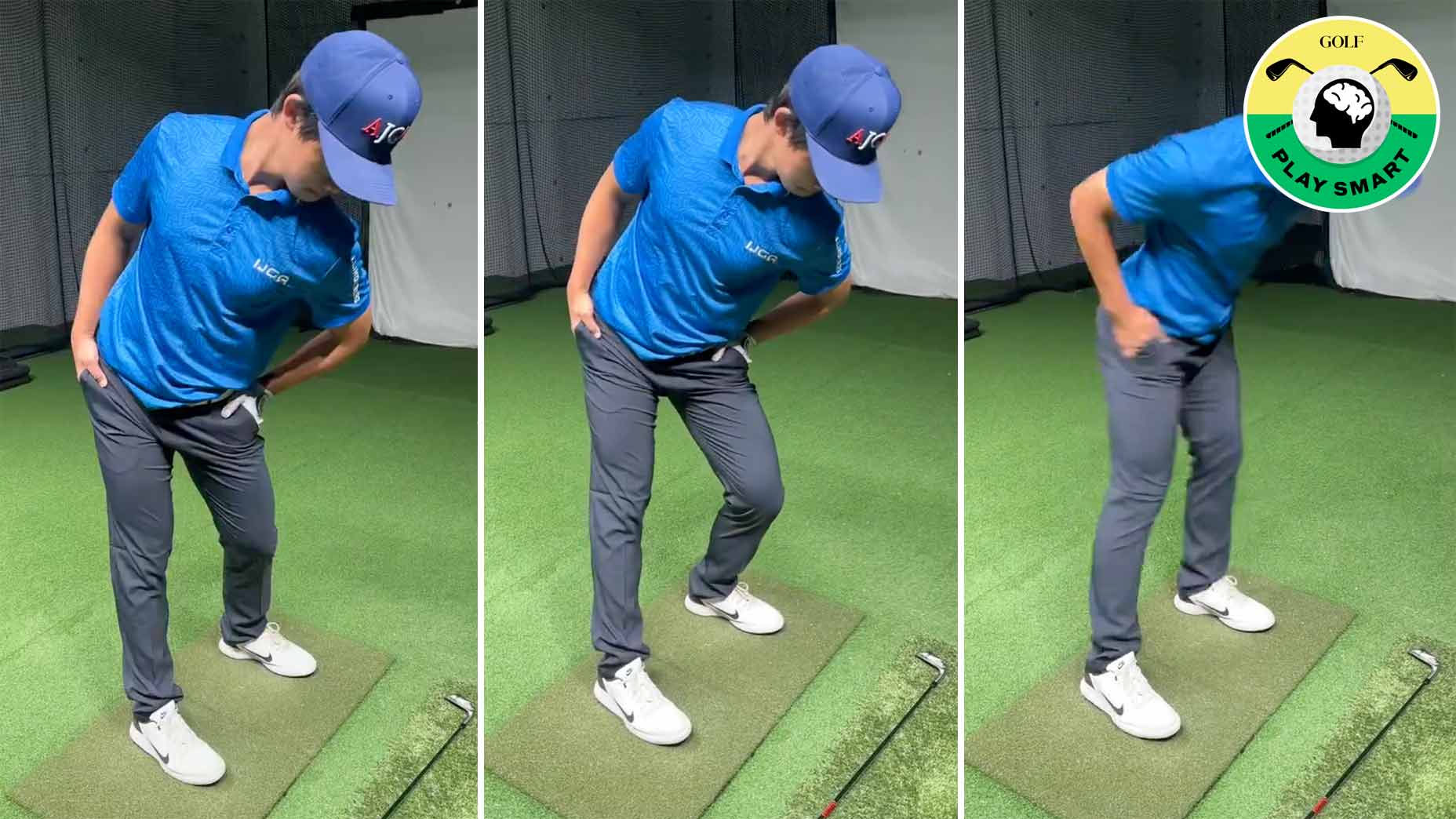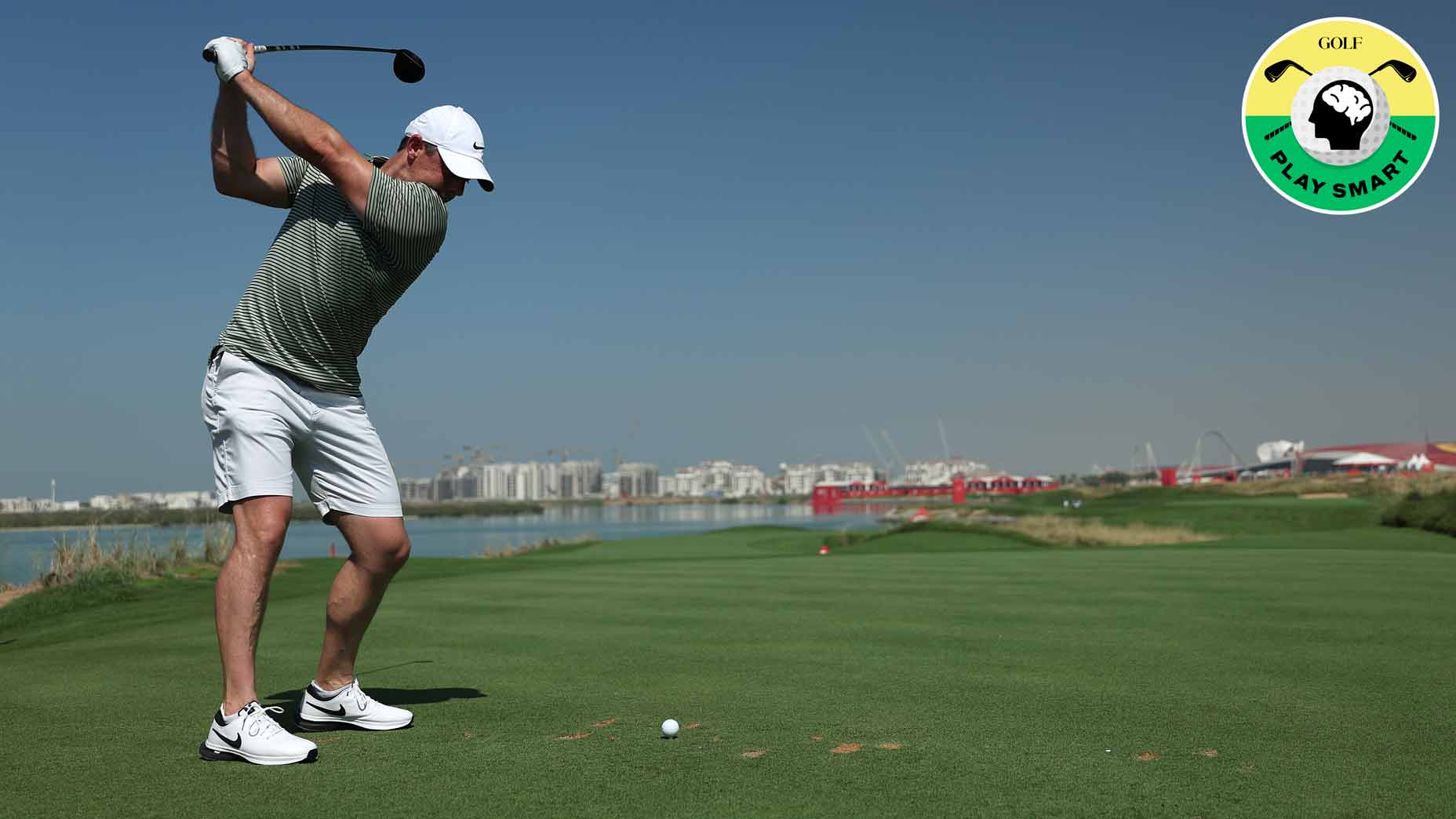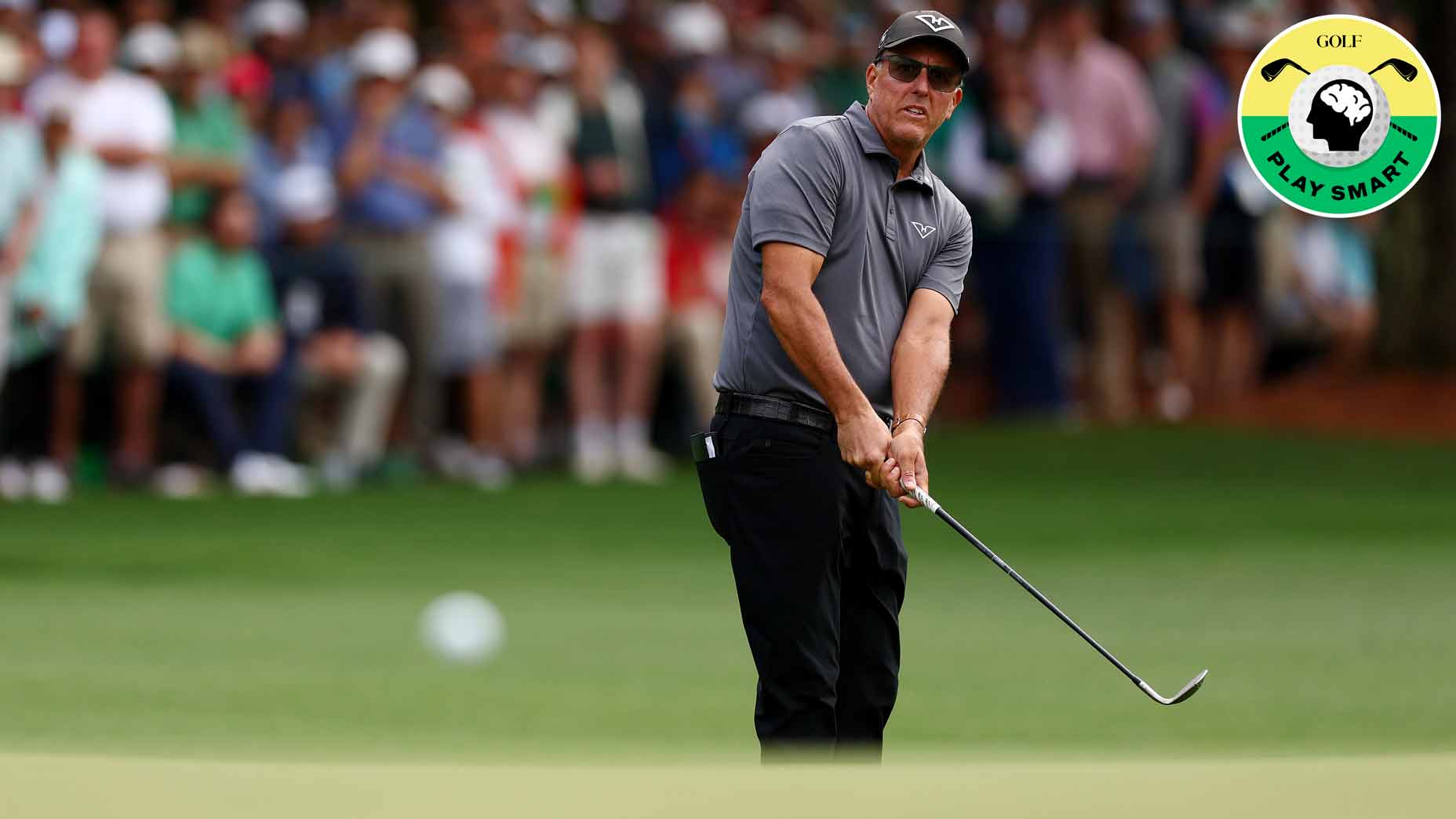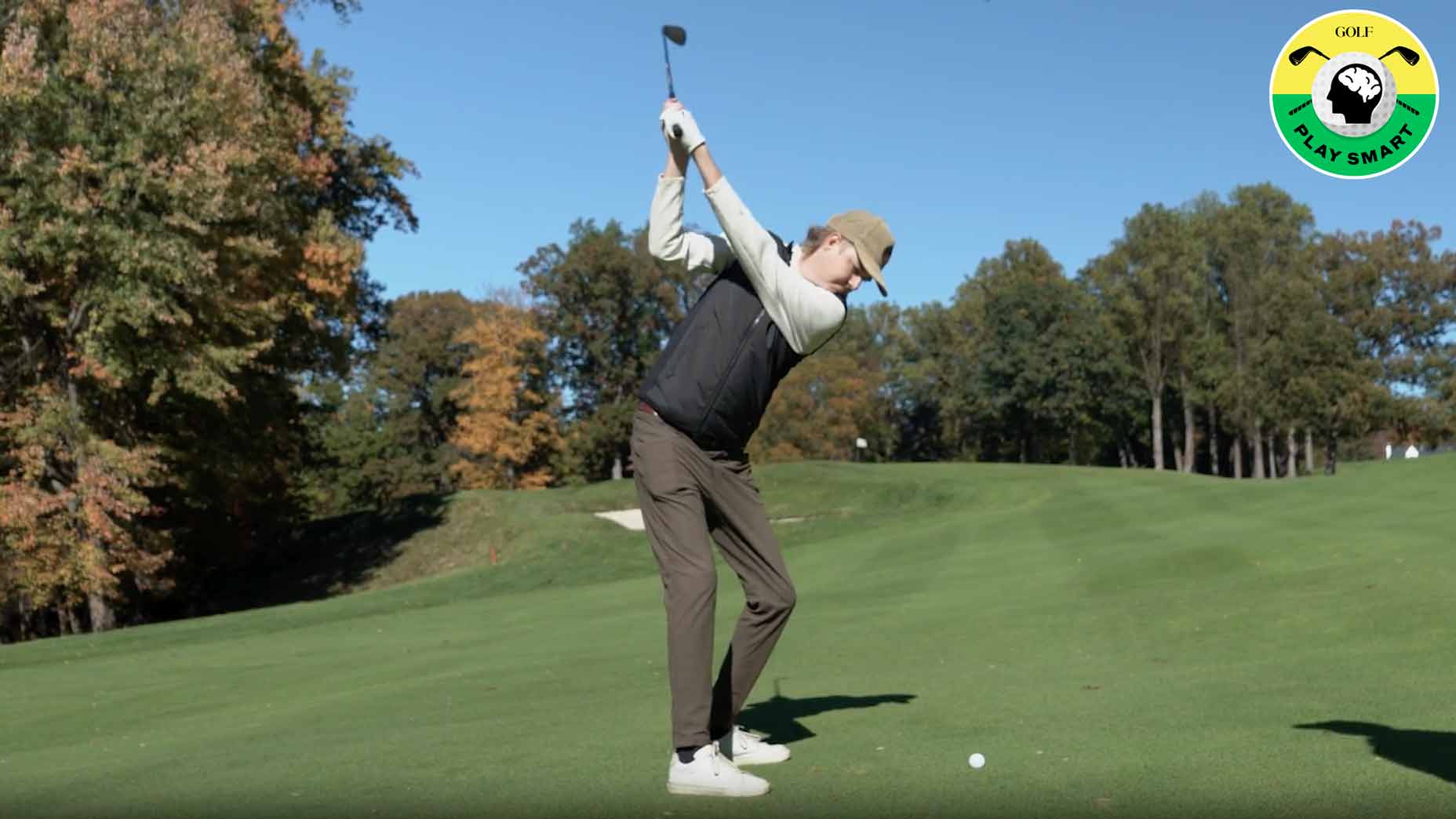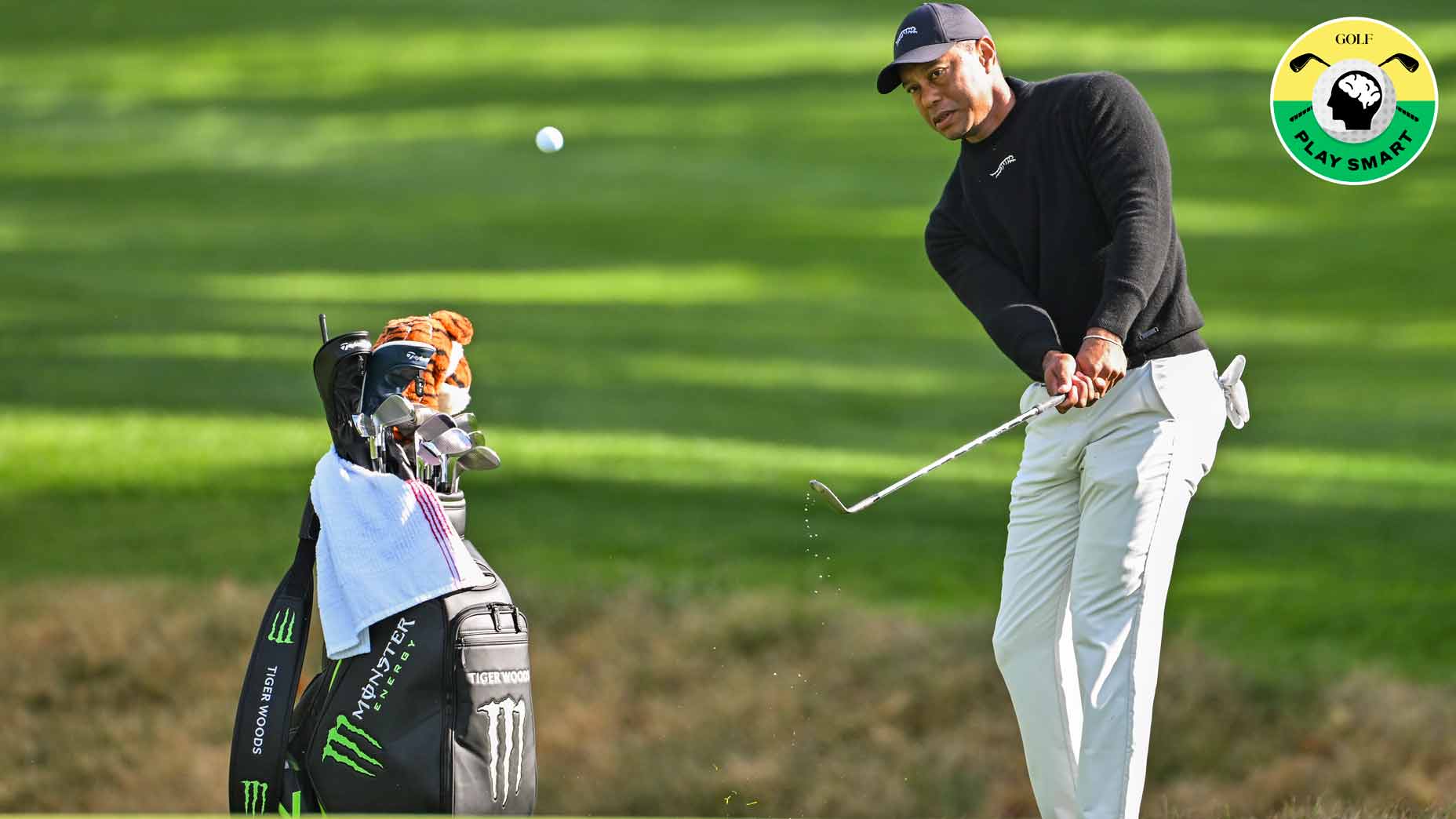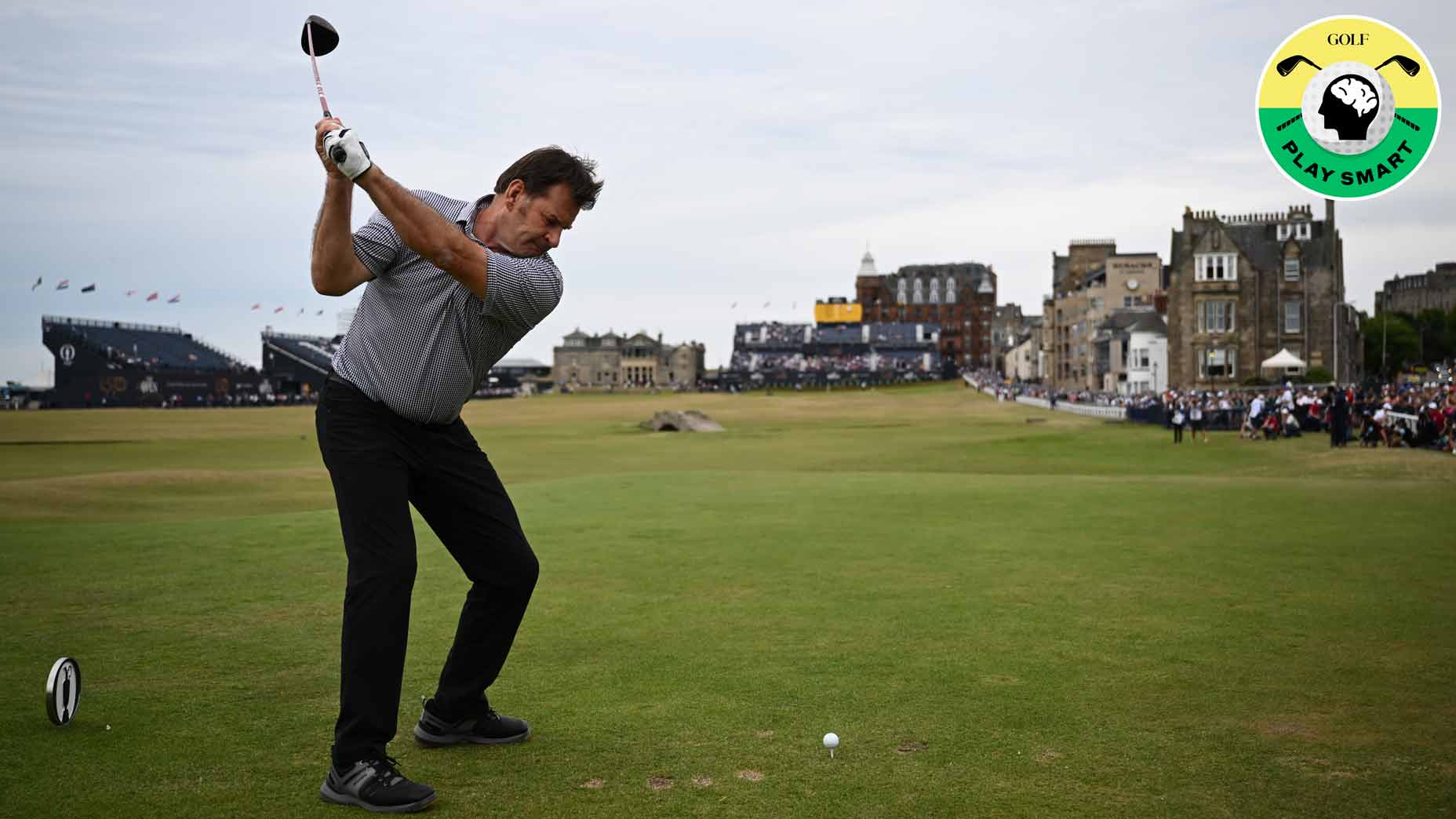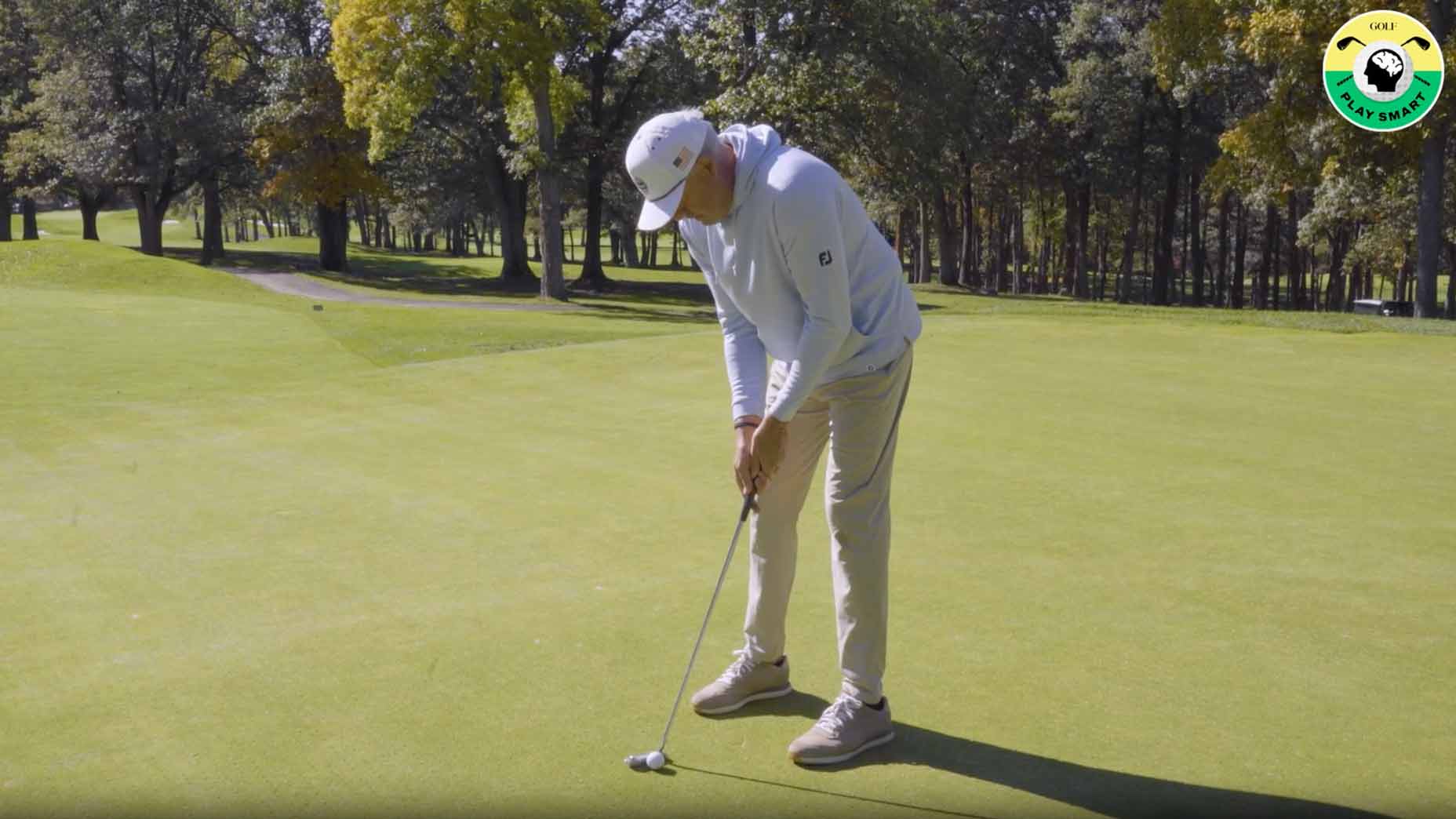10 golf nerd buzzwords and what they each mean
- Share on Facebook
- Share on Twitter
- Share by Email
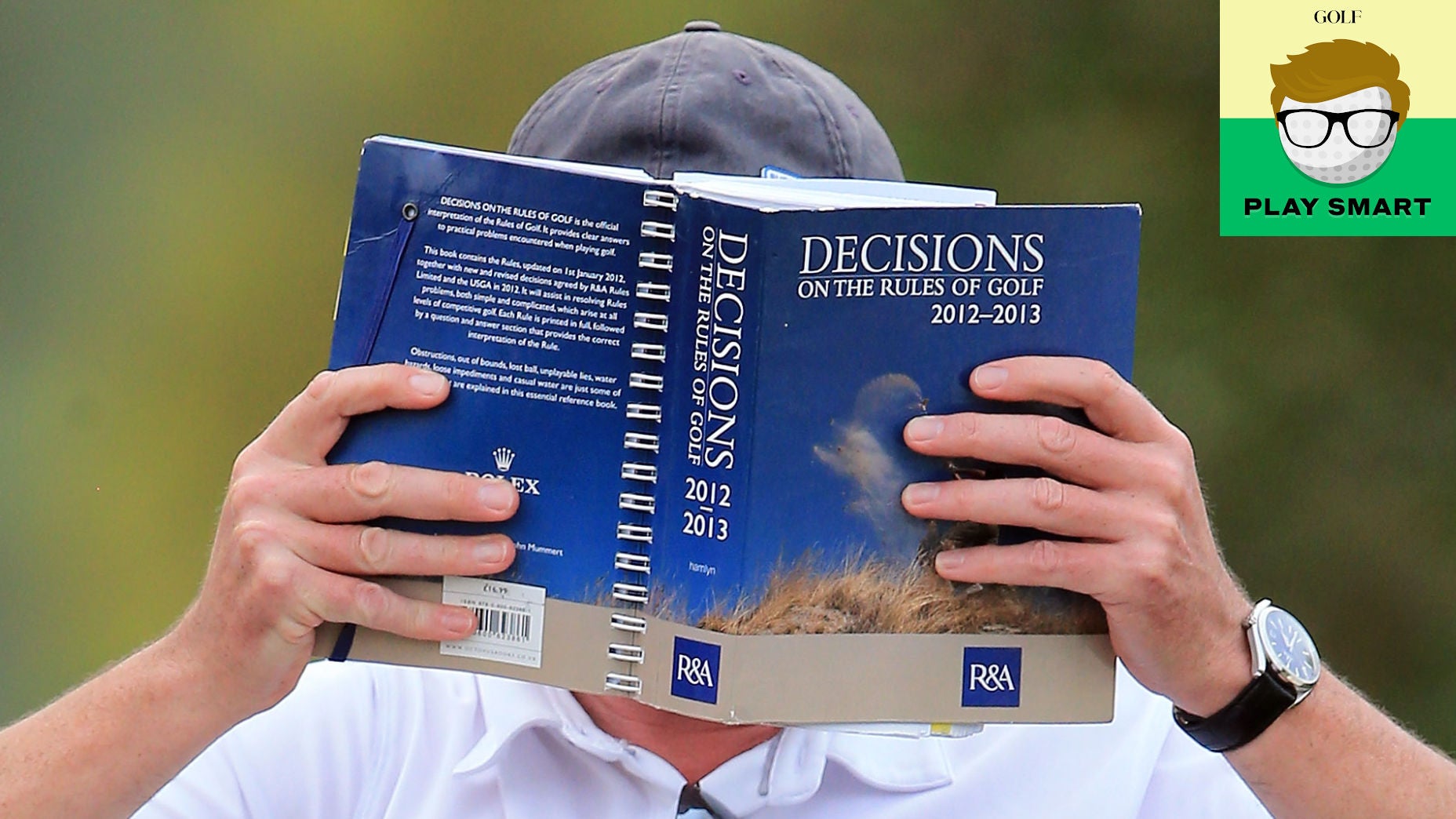
If you need a refresher on golf instruction lingo, you've come to the right place.
Getty Images
Welcome to Play Smart, a game-improvement column that drops every Monday, Wednesday and Friday from Game Improvement Editor Luke Kerr-Dineen to help raise your golf IQ and play smarter, better golf.
Golf being the nuanced game that it is means new terms are constantly being invented, adopted, and used. When you’re as much in the weeds as I am, it’s important to remember how confusing some of these new terms can be, and how easily they can be misunderstood or misinterpreted. So in today’s column, we’re going to take a step back and explain some of golf’s biggest buzzwords that you may have seen or heard floating around.
1. Sequencing
When a golf teacher talks about the “sequence” of a golf swing, they’re describing the order in which things move in the golf swing. Think about it like different actors in a play taking turns to walk on stage to bow to the audience. When you swing a golf club, different pieces of your body move at different times. Generally speaking, golfers’ downswing sequence is:
The downswing starts with your hips shifting towards the target.
Then it builds speed with your torso rotating.
As the club a approaches impact, your arms keep pulling the club through
Finally, the club impacts the golf ball with your wrists releasing the clubhead into the ball.
When that order gets screwed up, it can make it harder to hit good shots. It’s what makes sequencing, or ordering your golf swing, so important.
You can hear GOLF Top 100 Teacher Jonathan Yarwood talk more about the sequence below.
https://www.youtube.com/watch?v=50hQGUHyvGA
2. Steep vs. shallow
A steep golf swing (think Hale Irwin) can be simply described as a golf swing that moves more up-and-down. The clubshaft gets more vertical on the downswing, and golfers with steep swings will hit down on the ball and usually makes deep divots. An overly negative angle of attack can sometimes be a good indication that your golf swing is too steep.
A shallow golf swing is the opposite. It’s one where the club moves more around your body (think Lee Trevino). A shallow swing will take less deep divots and approach the ball with a more positive angle of attack, which puts less backspin on the ball.
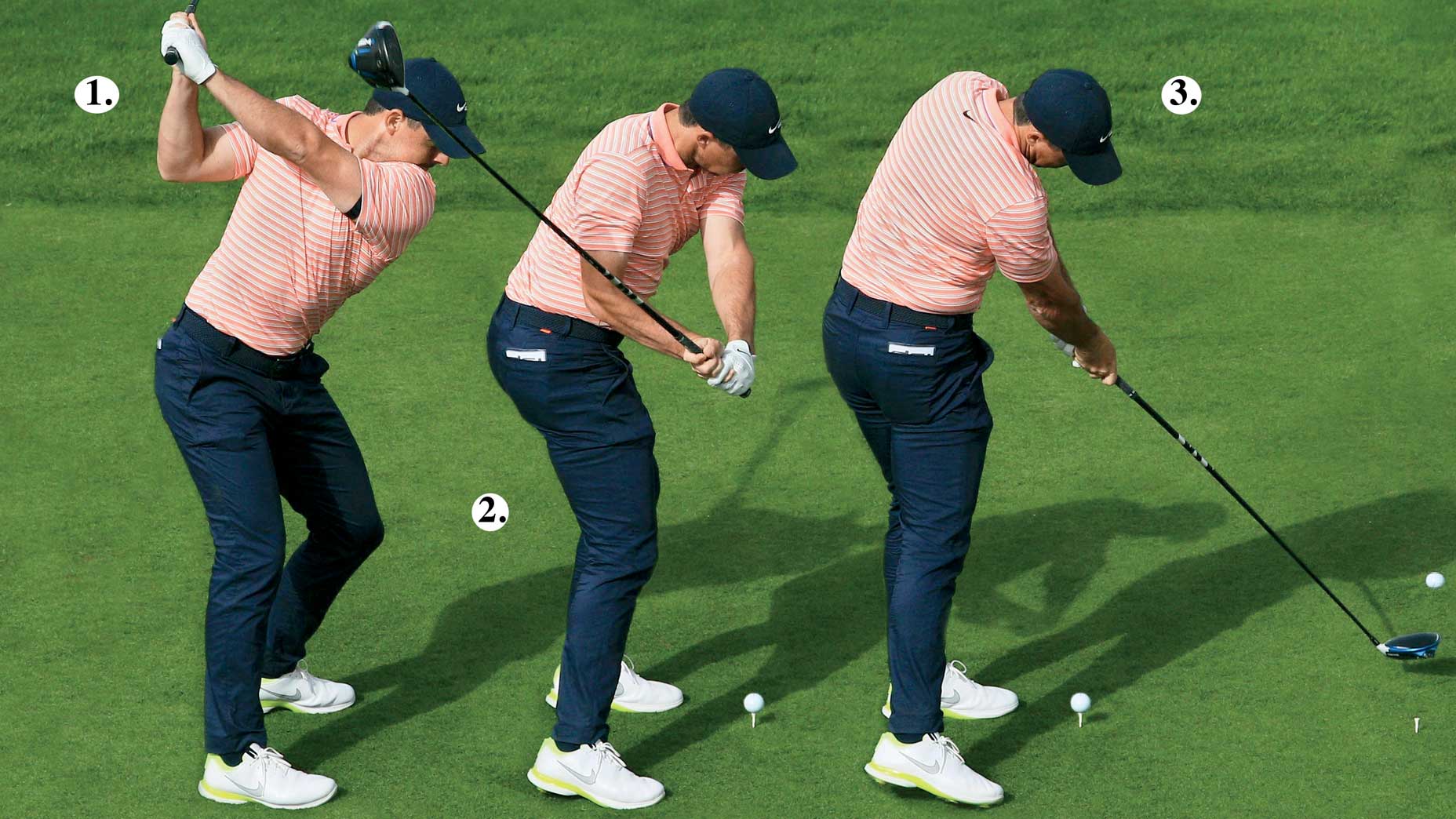
3. Lead vs. trail arm
This is something we do a lot here at GOLF.com. If we’re talking about keeping your left arm straight, that makes sense for right-handed golfers, but can be confusing for left-handed golfers. So, to help make things more clear, we’ll talk about keeping your “lead” arm straight, rather than your left arm.
The lead arm is the one closest to the target (left arm for right-handed golfers, and right arm for left-handed golfers). The trail arm is the arm further away. Talk about your lead arm rather than your left arm, and all the lefty golfers in your life will thank you for it.
4. Torque
Torque is a word used to describe the amount of force you use to create rotation. When you’re trying to twist open a can of pasta sauce, for instance, that’s you applying torque to the lid of the pasta sauce.
In golf, you can use torque between your upper and lower body to increase the speed the club moves around your body.

5. Casting
Often caused by poor sequencing (see, you know what that means now!) casting is when the clubhead outraces the hands too soon in your golf swing. Some people will call casting flipping, and that’s ok. It’s basically the same thing.
6. Flexion
Flexion is a slightly-fancy way of way of saying flexing. Dustin Johnson flexes his lead wrist at the top of the backswing, which means his lead wrist is in flexion at the top of his swing.

7. Range of motion
Range of motion is a way of expressing how far your body moves in one direction before it can’t move anymore. The amount of degrees you can turn your hips, for instance, which is the kind of mobility which can determine how far you hit the golf ball. Pros care about increasing their range of motion a lot.
8. Weak vs. strong grip
A surprising number of golfers think a strong grip means how firmly you grip the golf club, and a weak grip means the opposite. But that’s not so: A weak grip means a grip where your hands are more on top of the club; a strong grip is one where your hands are more on the side. There’s no right or wrong way of gripping a club, it’s all relative to how your body moves.
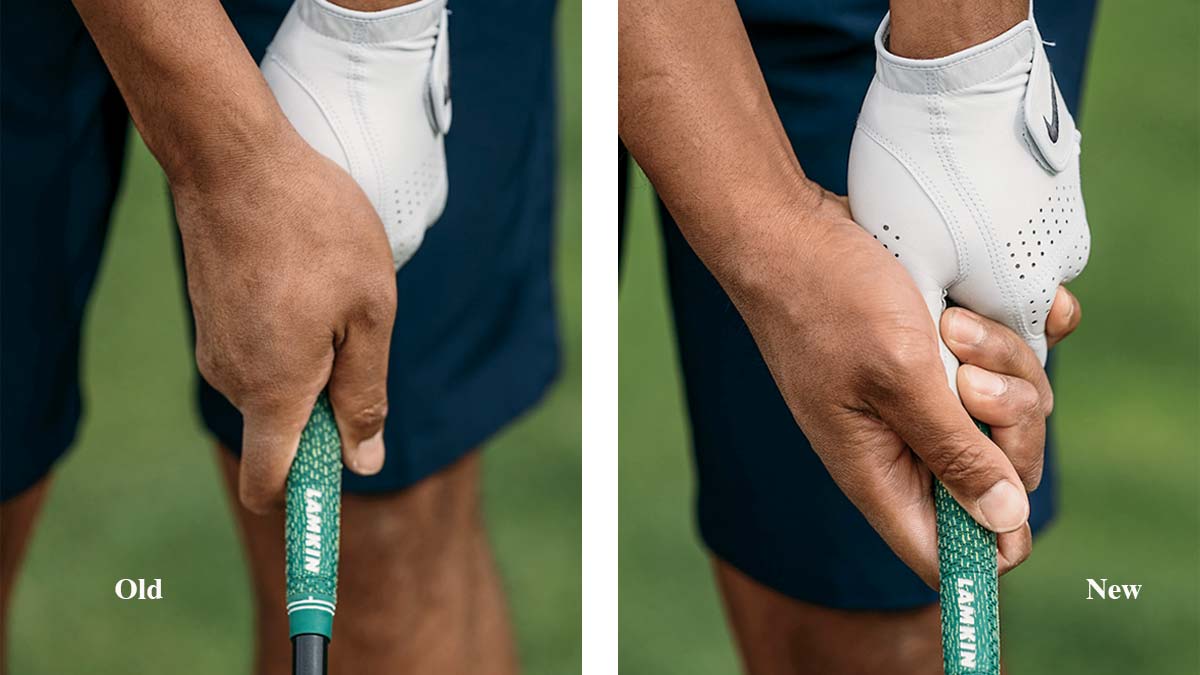
9. Ground reaction forces
Ground reaction force is effectively a synonym for “how you use the ground in the golf swing.” Torquing the ground in certain ways can help you swing the golf club faster, which is why it’s become such an important focus on golf instruction nowadays.
10. Path
When you talk about “path” in the golf swing, you’re talking about the direction your clubhead moves in the golf swing. Move out to the right (in-to-out), or over to the left (out-to-in), both of which, depending on the clubface is pointing, will determine the direction the ball goes.
To add some slight confusion, some teachers will also talk about “hand path.” This, as you might surmise, is the direction your hands move during your golf swing, which obviously influences the direction of the club, too.
Latest In Instruction

Luke Kerr-Dineen
Golf.com Contributor
Luke Kerr-Dineen is the Game Improvement Editor at GOLF Magazine and GOLF.com. In his role he oversees the brand’s game improvement content spanning instruction, equipment, health and fitness, across all of GOLF’s multimedia platforms.
An alumni of the International Junior Golf Academy and the University of South Carolina–Beaufort golf team, where he helped them to No. 1 in the national NAIA rankings, Luke moved to New York in 2012 to pursue his Masters degree in Journalism from Columbia University. His work has also appeared in USA Today, Golf Digest, Newsweek and The Daily Beast.


